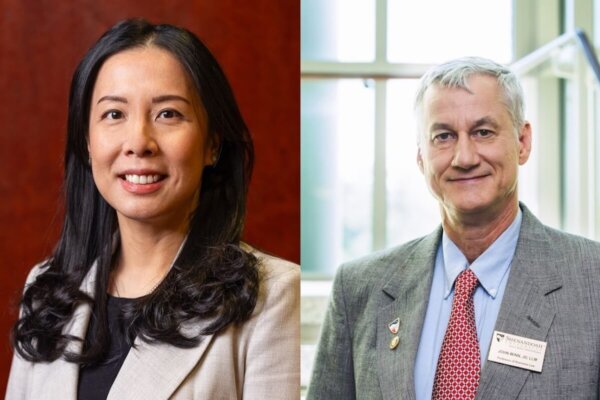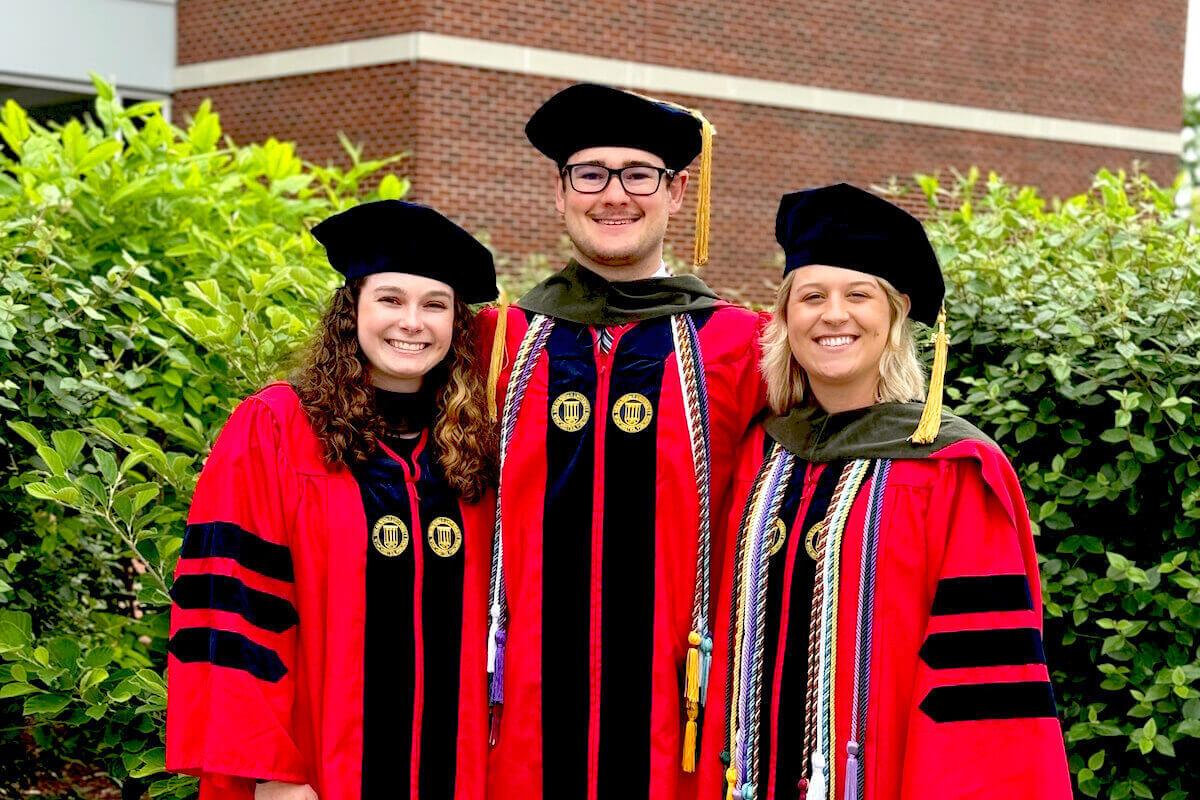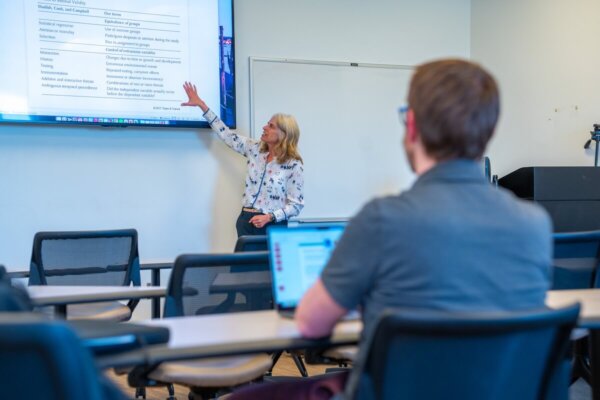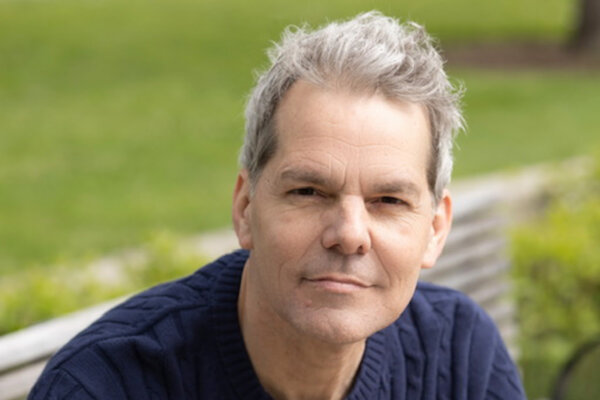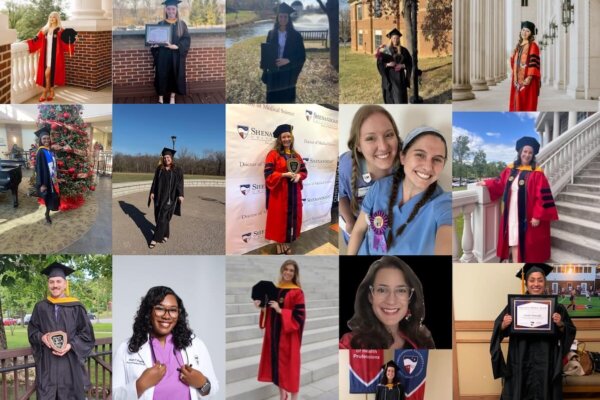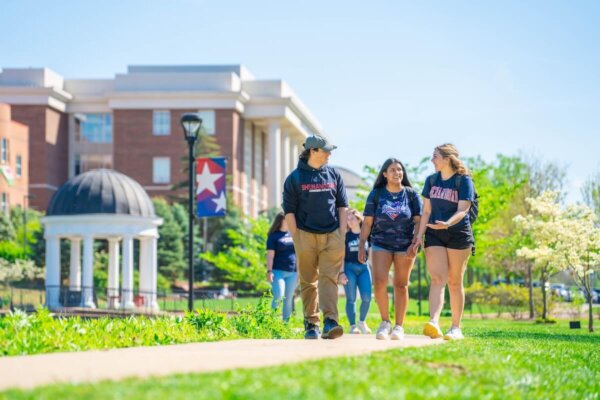Catinella ’20 Launches Virtual Bass Ensemble Project
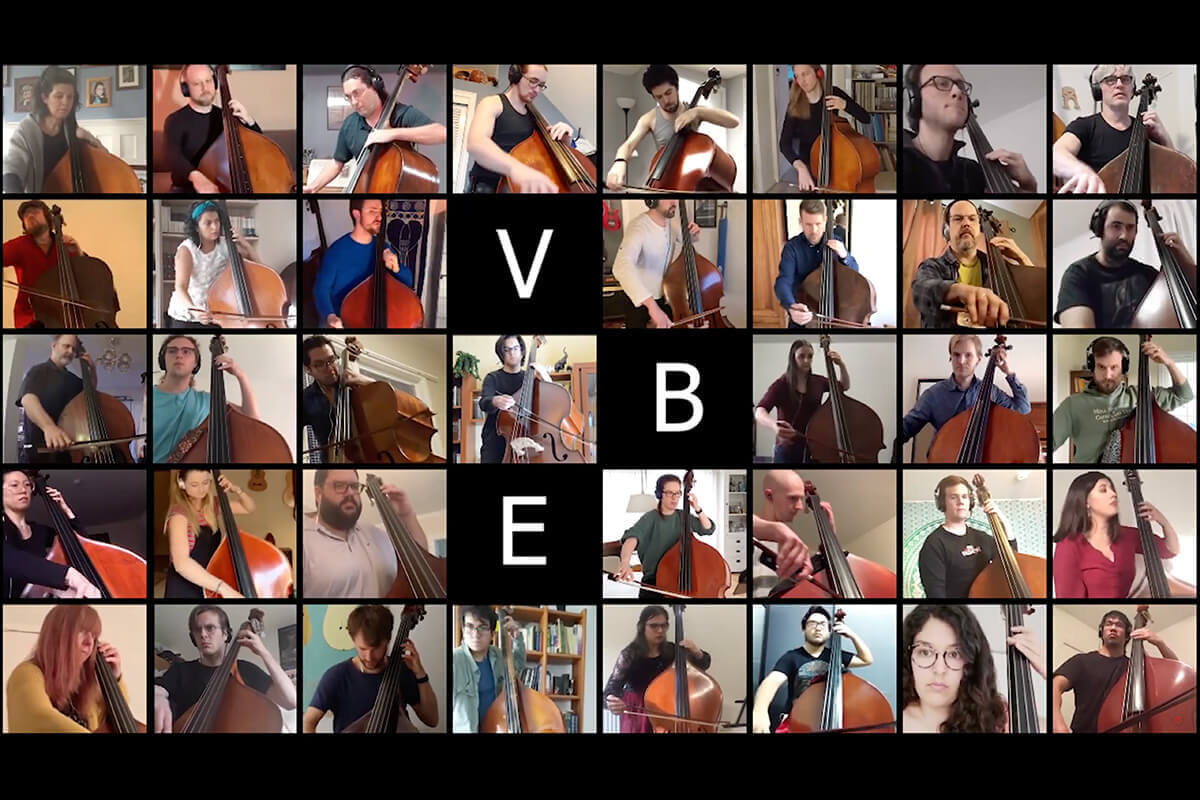
Bassist Robert Catinella ’20 (Master of Music in Performance) spearheaded the Virtual Bass Ensemble, an online Facebook group to unite bass players from around the world by creating a virtual bass ensemble. Members can select and record arrangements in their homes, and the final product will be mixed together. The group recently released a video compilation of “Joshua Fought the Battle at Jericho” arranged by Adjunct Lecturer Inez Wyrick, B.S. The video features a number of Shenandoah Conservatory bass students as well as Coordinator of Strings and Professor of Bass Donovan Stokes, D.M.
This first video features 37 bassists from around the world and the Facebook group already has more than 120 bassists. Catinella hopes the next project will feature approximately 100 members of the Facebook group.
Participating Shenandoah Conservatory students included Jake McHugh ’21 (Bachelor of Music in Performance), Logan Unger ’23 (Bachelor of Music in Performance), Henri Gross ’20 (Bachelor of Music in Performance), Jonathan Canamaso ’23 (Bachelor of Music in Music Production & Recording Technology) and Catinella. Shenandoah Conservatory alumni included Shanti Nachtergaele ’13 (Bachelor of Music in Performance), Naj Qureshi who studied at Shenandoah Conservatory, and Ethan Lawrence ’13 (Bachelor of Music in Music Education).
Other players of note included Eric Snoza (Eastman School of Music alumnus and chamber music entrepreneur currently based in Chicago), Gaelen McCormick (arts administrator for Arts in Medicine Program at Eastman School of Music, instructor at Eastman Community Music School) and Andrés Martín (well-regarded up-and-coming double bass composer and soloist based in Tijuana, Mexico).
Musicians who wanted to participate were invited to complete a Google Form answering various questions about their playing level, available recording equipment, etc. This started around March 25. The five parts were then primarily distributed based on playing level and recording equipment, trying to create an equal distribution of mobile videos and recordings made with a field recorder or more advanced recording setup, while also making sure the parts were playable for each individual. Performers recorded their video either to a metronome at the selected tempo or a provided midi track with their part. The video was uploaded to a shared Google Drive folder. Next, audio was stripped from the video and mixed together in Ableton Live by individual parts, while the video files were loaded into Adobe Premiere Pro, synced up, cropped and laid out over a grid. The final video was released on Sunday, April 12, just shy of a month since the project started.
“The players were SO excited to hear the final product,” said Catinella, reflecting on what he thought was the most exciting outcome of the project. “Aside from seeing the product of their hard work and the unity of an ensemble that has never met in person, I think the video defies many conceptions about what can be accomplished when 37 bassists get together and make an orchestra. Many of them shared the video with a caption saying ‘Look! Bass is beautiful!’ Also, Inez’s arrangements are fantastic, so choosing one was a no-brainer, and I was happy to be able to share with the bass community/world in a new and creative way.”
“I learned a lot about audio and video mixing, obviously,” continued Catinella. “I went into this almost completely dry, so I had to pick up a number of skills along the way. I also think I learned about the importance of innovation and projects like this going forward. It keeps people’s spirits up and motivates us to keep creating in a time of great uncertainty and confusion.”
Josh Frey ’19 (Bachelor of Music in Music Production & Recording Technology, Master of Science in Performing Arts Leadership & Management ’20) supported Catinella with the audio mixing process.
“As you can hopefully see, a lot went into this,” said Catinella. “My hope for future projects is to not only increase the number of players, but to also create a small production team to get more people involved and delegate the workload.”
